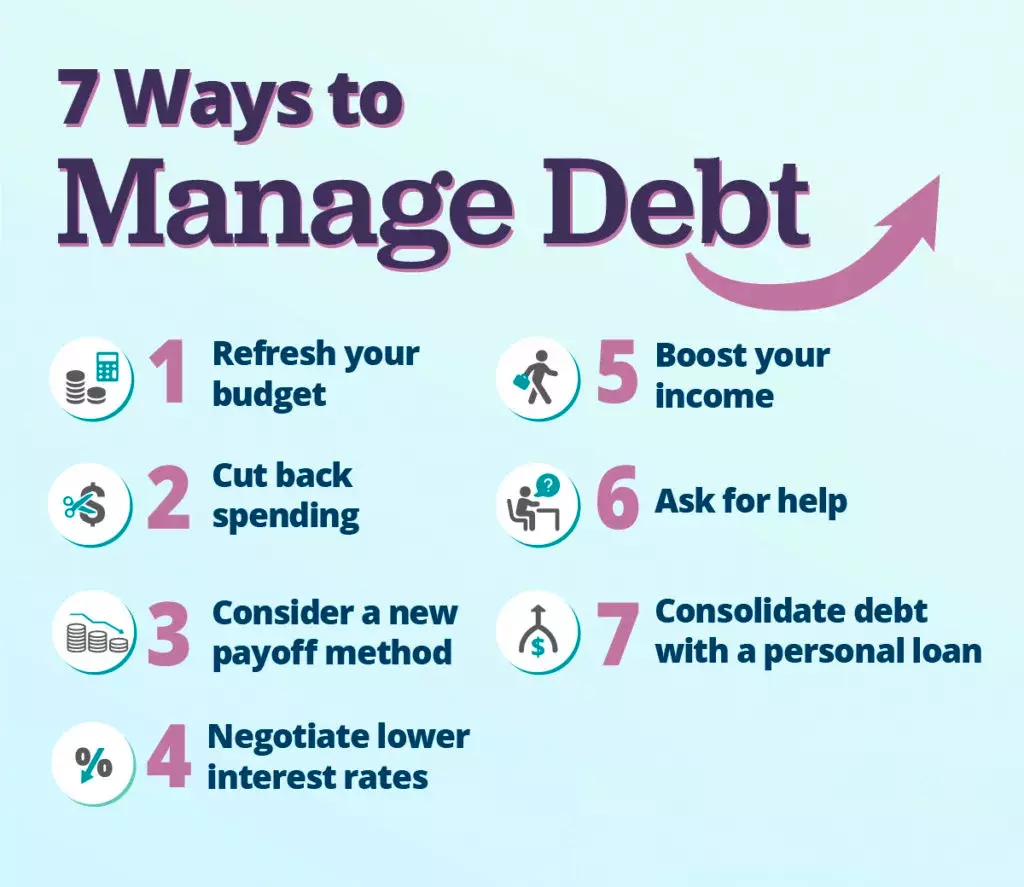A good credit score can open doors to better financial opportunities, lower loan interest rates, and easier approval for housing or credit cards. Yet, many people struggle to raise their credit score because they either do not understand how it works or follow advice that has little impact. This guide offers clear, practical steps that actually work, based on proven financial principles and real-world credit management practices.
1. Understanding What a Credit Score Really Means
Your credit score is a three-digit number that reflects your creditworthiness. It tells lenders how likely you are to repay borrowed money. Most credit scores range from 300 to 850, with higher numbers representing stronger credit profiles.
1.1 How credit scores are calculated
Credit bureaus like Experian, Equifax, and TransUnion use formulas that consider several factors:
- Payment history (35%) – Whether you pay bills and loans on time.
- Credit utilization (30%) – The percentage of available credit you use.
- Length of credit history (15%) – How long your credit accounts have been active.
- Credit mix (10%) – The variety of credit types you hold, such as loans and cards.
- New credit (10%) – How often you apply for new credit accounts.
Understanding these components is the foundation of improving your score.
2. Pay All Bills on Time Without Fail
Your payment history has the biggest impact on your credit score. Missing payments, even by a few days, can hurt your score significantly.
2.1 Practical tips to ensure on-time payments
- Set up automatic payments: Use your bank’s auto-pay feature to cover at least the minimum payment on all bills.
- Create payment reminders: Calendar alerts or budgeting apps can help you remember due dates.
- Consolidate due dates: If possible, align payment dates across accounts to simplify tracking.
2.2 What to do if you miss a payment
If you forget to pay on time, act quickly. Contact your lender, make the payment immediately, and request that they do not report it if it is under 30 days late. Consistency is key; one late payment can stay on your report for years, but steady on-time payments help rebuild your score.
3. Keep Credit Utilization Low
Credit utilization measures how much of your available credit you are using. It is the second most important factor in your score. For example, if you have a credit card with a limit of $10,000 and your balance is $3,000, your utilization rate is 30 percent.
3.1 The ideal utilization range
Experts recommend keeping your credit utilization below 30 percent on each card and overall. Those with excellent scores often maintain usage under 10 percent.
3.2 Effective ways to lower utilization
- Pay balances multiple times a month: This prevents high balances from being reported to the credit bureaus.
- Request a credit limit increase: If approved, your total available credit grows, lowering your utilization percentage.
- Spread spending across cards: Avoid maxing out one card while leaving others unused.
3.3 Example
If you have two credit cards with $5,000 limits each, using $1,000 on one and $500 on the other gives you a 15 percent utilization rate, which supports a higher score.
4. Build and Maintain a Long Credit History
A long and stable credit history demonstrates reliability to lenders. Even if you no longer use an old credit card, keeping it open can positively influence your average account age.
4.1 How to build length of credit history
- Keep old accounts open: Closing them can shorten your average credit age and reduce your available credit.
- Use older accounts occasionally: Make small purchases to keep them active and prevent closure for inactivity.
- Avoid opening too many new accounts at once: Each new account lowers your average account age temporarily.
4.2 Example
If you have one credit card open for eight years and a new one for one year, your average account age is 4.5 years. Keeping the older account active strengthens this metric.
5. Diversify Your Credit Mix
Lenders like to see that you can manage different types of credit responsibly. This includes revolving credit (such as credit cards) and installment loans (like car loans or mortgages).
5.1 Why credit mix matters
Having multiple credit types indicates that you can handle various forms of debt responsibly. While it only makes up 10 percent of your score, it can still help, especially if you already have a solid foundation.
5.2 Tips to improve credit mix
- Consider a small personal loan: If you only have credit cards, adding a small installment loan can diversify your credit profile.
- Use credit-builder loans: Many banks and credit unions offer these to help individuals with limited credit history.
- Avoid unnecessary borrowing: Never take on new credit purely for the sake of diversity. The goal is responsible management, not more debt.
6. Limit Hard Inquiries and New Credit Applications
Every time you apply for new credit, a hard inquiry appears on your report, which can slightly lower your score. Applying for several credit lines in a short period signals risk to lenders.
6.1 Smart strategies to manage inquiries
- Research before applying: Check prequalification offers that use soft inquiries.
- Space out applications: Wait at least three to six months between major credit applications.
- Plan big loans strategically: If you expect to apply for a mortgage or auto loan soon, avoid other credit applications beforehand.
6.2 Example
If you apply for three new credit cards in one month, lenders may view it as a sign of financial strain. Applying once every few months instead helps maintain score stability.
7. Review Credit Reports Regularly
Errors in your credit report can significantly drag down your score. Common issues include incorrect balances, duplicate accounts, or outdated negative marks.
7.1 How to check and dispute errors
- Request free credit reports from the three major bureaus once a year through AnnualCreditReport.com.
- Review each account for accuracy, including payment history, balances, and account status.
- Dispute inaccuracies directly with the bureau. Provide documentation such as payment receipts or letters from creditors.
- Follow up within 30 days to ensure the correction has been made.
7.2 Tip for ongoing monitoring
Many banks and financial apps offer free credit score tracking. Regular monitoring helps you catch issues early and see how your actions affect your score.
8. Be Patient and Stay Consistent
Improving a credit score takes time. Each positive action, such as paying on time or lowering utilization, contributes gradually. The goal is steady progress, not overnight change.
8.1 How long it takes to see improvement
Minor improvements can appear within a few months, but significant increases usually take six months to a year of consistent good habits. Remember, responsible credit behavior builds trust with lenders over time.
9. Conclusion
Improving your credit score is not about quick fixes but about developing responsible financial habits that last. The most effective way to see real progress is through consistent actions over time. Paying your bills on time, managing your credit utilization carefully, maintaining older accounts, and reviewing your reports regularly all contribute to long-term improvement. A strong credit score is built on reliability and trust, showing lenders that you handle money responsibly. By following the steps outlined above and remaining disciplined, you can steadily raise your score and gain access to better financial opportunities in the future.
FAQs
What is a good credit score range?
A score between 700 and 749 is generally considered good, while 750 and above is excellent. Scores below 650 may limit access to favorable loan terms.
How fast can I improve my credit score?
Most people can see noticeable progress within three to six months by paying all bills on time, lowering credit utilization, and avoiding new debt.
Should I close unused credit cards?
It is better to keep them open, as closing them reduces your available credit and can shorten your credit history. Use them occasionally to keep them active.
Can paying off a loan hurt my credit score?
Sometimes your score may drop slightly because it changes your credit mix or reduces active accounts. However, paying off debt is positive for long-term credit health.
How often should I check my credit report?
Check your report at least once a year, though quarterly checks are better. This helps identify errors or fraudulent activity early.





